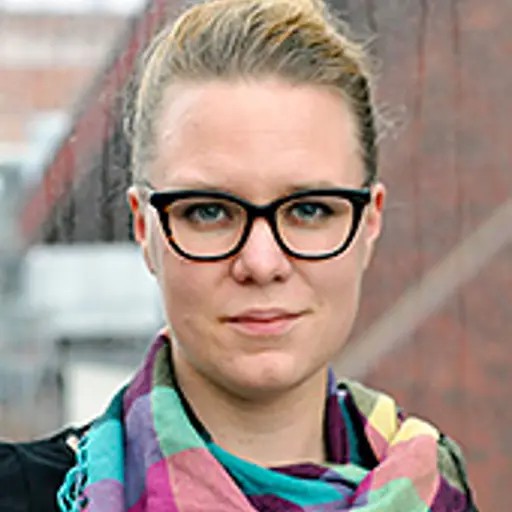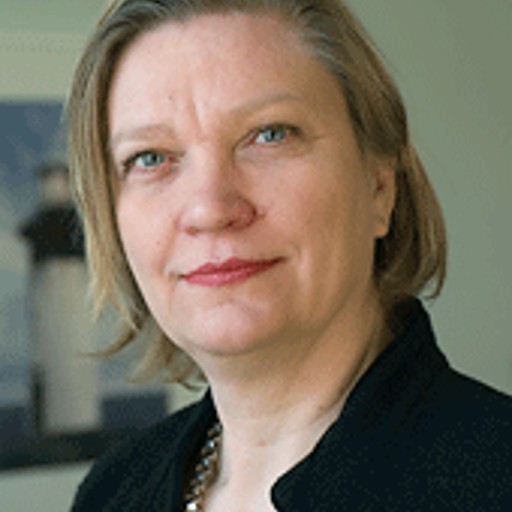The profile area of Sustainable Urban Mobility addresses how to design an urban transport system, including its vehicles and its service, based on a user perspective.
The area engages researchers tackling issues such as how to design a competitive and sustainable alternative to privately owned cars, how to build a well-functioning and good public transport system, how to design innovative new vehicles and how to promote the adoption of shared and active modes of transport. We recognise that urban mobility is not only about the flow of people, but also about goods in and out of the city. We study the current situation to find opportunities and to propose and test innovative solutions in order to contribute to the knowledge of how we can design an urban transport system that enable people to move in a sustainable way.
Through our research, we aim to develop knowledge on how to design new mobility solutions that are more attractive to users than their private car, as we believe that behavioural change comes from providing solutions that offer benefits to and make sense for the user. We extract knowledge from studies on how new mobility solutions are used, adopted or rejected in everyday life. We try to understand underlying mobility needs and the effects that design decisions regarding vehicles, infrastructure, and information systems have on people’s possibility to travel sustainably. Typically, our research consists of studies in real-life settings with real users (or intended future users) investigating how they use the current mobility system, or involve them in evaluations of new solutions in more experimental studies. The research approaches used are both qualitative and quantitative.
Sustainability development goals
Our research mainly contributes to UN’s Sustainable Development Goal 11 - Sustainable Cities and Communities - and its sub-goal to “provide access to safe, affordable, accessible, and sustainable transport systems for all”. Thus, the research not only contributes to an ecologically sustainable transport system, but also promotes accessibility in a wide sense. In addition, the research connects to Sustainable Development Goal 3 - Health and Well-being - by focusing on the health benefits of active mobility and reduction of road accidents.
Research themes
The profile area includes different themes such as public transport systems, shared and integrated mobility services (such as MaaS), and soft modes of transport and e-mobility.
Public transport systems
Public transport is an area where we have been active since the early 1990s. We have been part of developing public transport information systems to cater to travellers needs and requirements as well as are efficient and easy to use for those providing the information. We have worked with design of public transport vehicles and bus stops to better fit the needs and requirements of different categories of passengers as well as drivers. We have also tackled the challenges and opportunities that an electrification of, for example, the public transport network provides. Recent examples of projects in which we have been involved are European Bus System of the Future1 and European Bus System of the Fututure 2 and ElectriCity.
Shared and integrated mobility services
It is difficult for one mode of transport to compete with the versatility and convenience of owning and driving your own car. Different types of integrated mobility services have emerged as part of the solution. Mobility-as-a-Service (MaaS) is one example of a solution that should have the power to compete with the car in that it collects various transport modes into one easy-to-use subscription service. To test this idea, we were part of setting up the first trial of such a service, UbiGo, to see whether it would be adopted (or not). With more than 90% satisfied customers, increases in the share of public transport trips as well of the use of active modes and decreases in car use, we believe that the idea is worth pursuing. However, issues remained to be solved concern the business models, as well as organizational and societal impacts. We continue to explore these factors in projects such KOMPIS and LIMA.
Active modes of transport and e-mobility
A prerequisite for more sustainable urban mobility is the transfer from (in particular) the personal car to lighter, more active, transport modes. The bicycle is here a prime candidate, and understanding the prerequisites for the adoption of the bicycle as a mode for everyday transport is one research topic. We have for example studied how offering users the ‘right’ type of bicycle to fit their needs has a positive impact on the adoption of cycling. However, increasing the number of bicyclists must not result in a higher number of accidents. In the MeBeSafe project, we investigate if, and how, we can make bicyclists cycle in a safer way through nudging a context appropriate speed and trajectory. A number of small, often electrified, vehicles have been introduced on the market, one example being e-scooters. These types of vehicles have led to a lot of discussion as they can at the same time be seen as part of future personal mobility and as a nuisance and safety risk. We are therefore engaged in research aiming to understand how these vehicles (and the city infrastructure) can be designed to increase safety as well as contribute to fulfilling users’ mobility needs.
Multi-disciplinary research
Our research is fundamentally multi-disciplinary and rely on behavioural sciences and user-centred design models. An important basis is Activity Theory and the concept of activity systems. In the activity system, users engage in activities, mediated by tools, to obtain certain goals. In this context, it means to understand and develop solutions that lead to more sustainable urban mobility one has to understand users, the goals associated with transport and travelling, and how the design of the mobility system, i.e. the tools, provide limitations or open up the action space. A holistic approach is thus key!
Areas of Expertise
- Travel behaviour
- Nudging behaviour
- Electromobility
- Mobility service design
- Design of information services
The research group

- Senior Lecturer, Design & Human Factors, Industrial and Materials Science

- Associate Professor, Design & Human Factors, Industrial and Materials Science
- Senior Lecturer, Design & Human Factors, Industrial and Materials Science

- Full Professor, Design & Human Factors, Industrial and Materials Science

- Postdoc, Design & Human Factors, Industrial and Materials Science

- Doctoral Student, Design & Human Factors, Industrial and Materials Science
- Doctoral Student, Design & Human Factors, Industrial and Materials Science